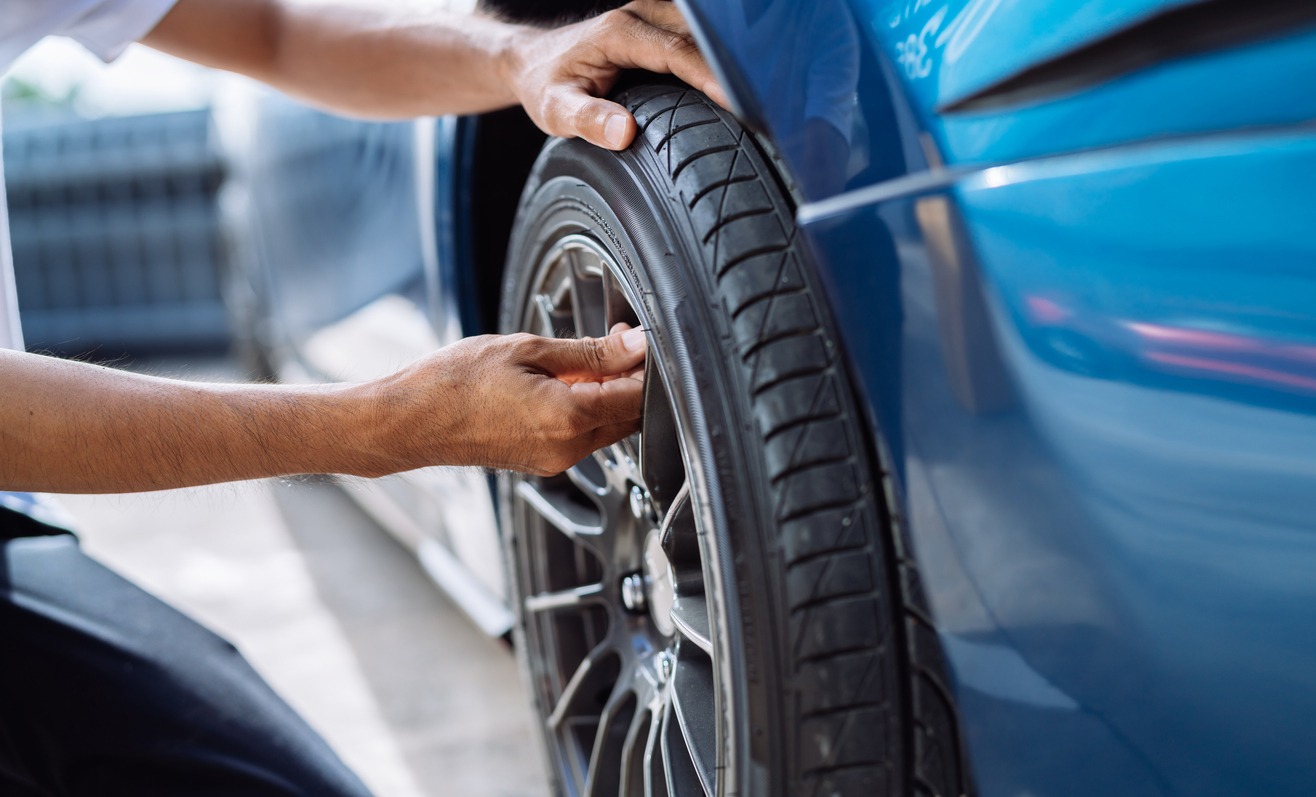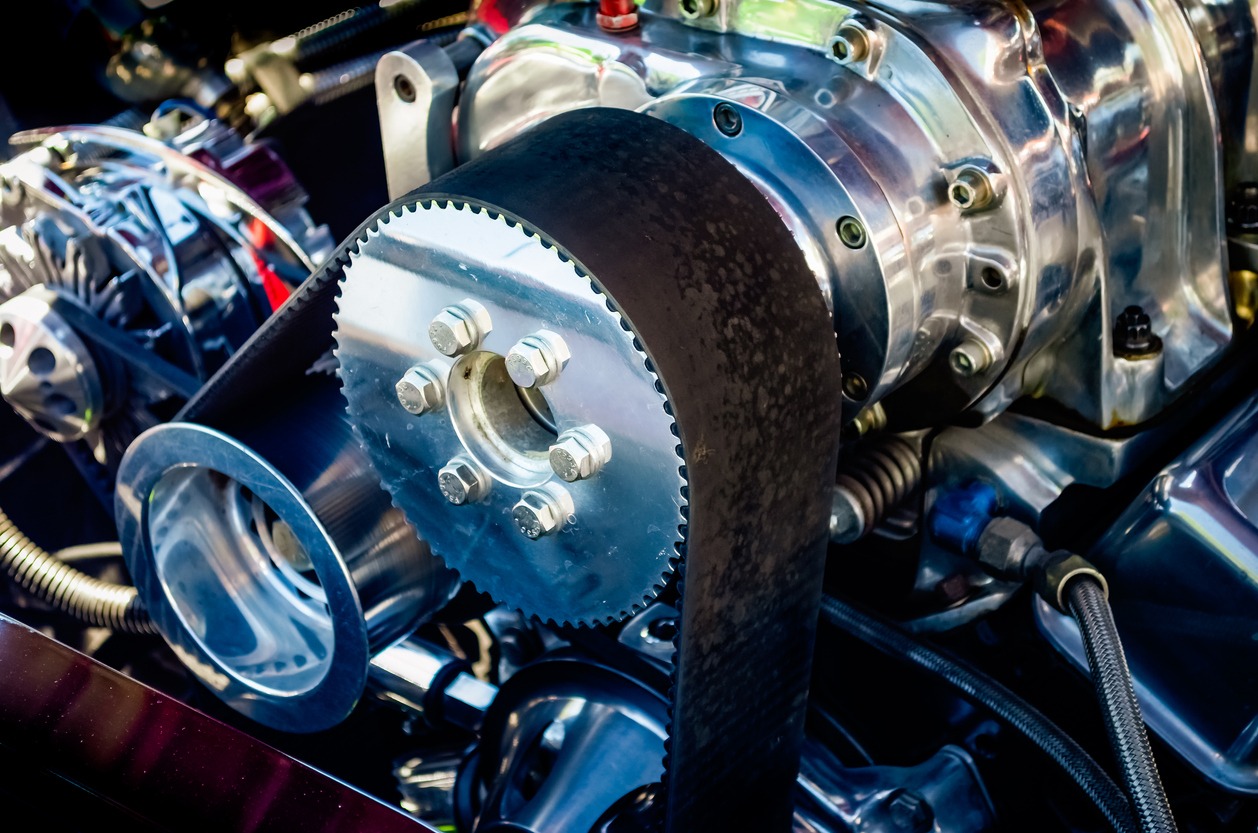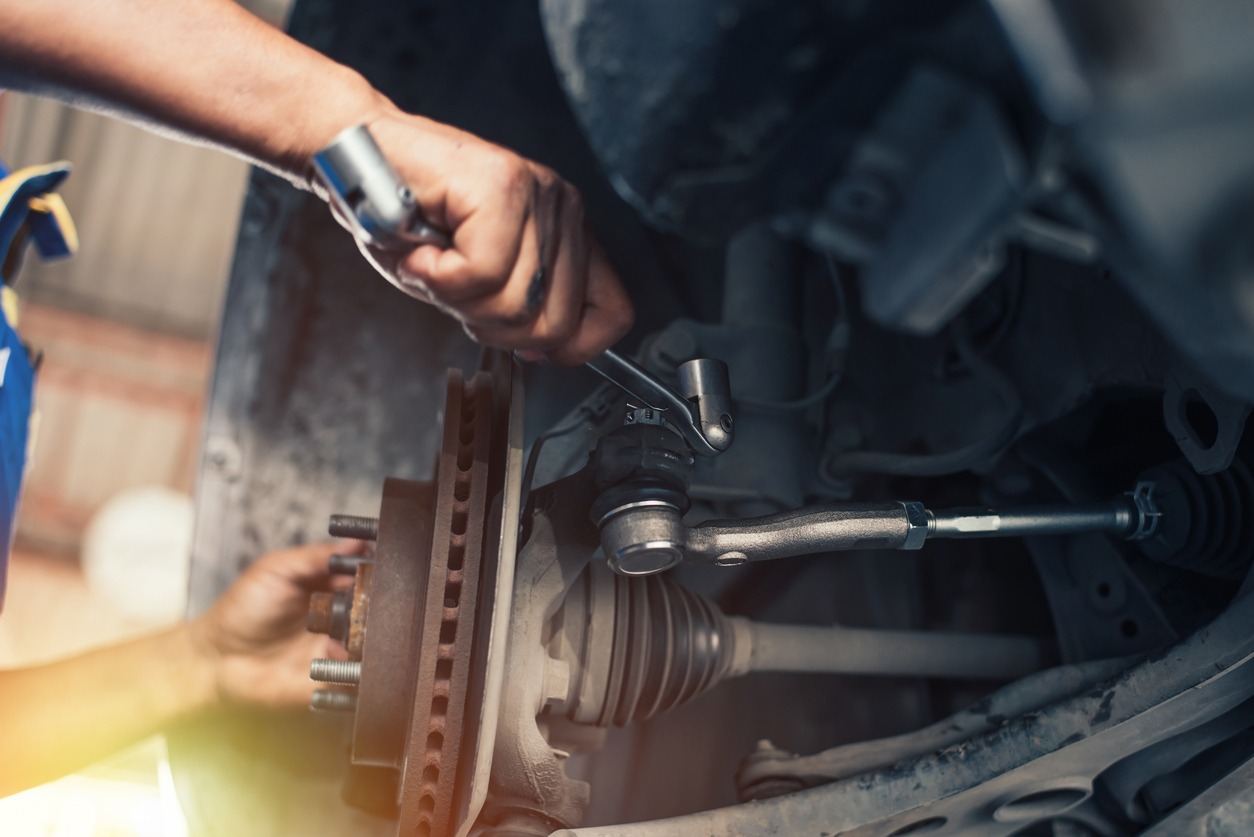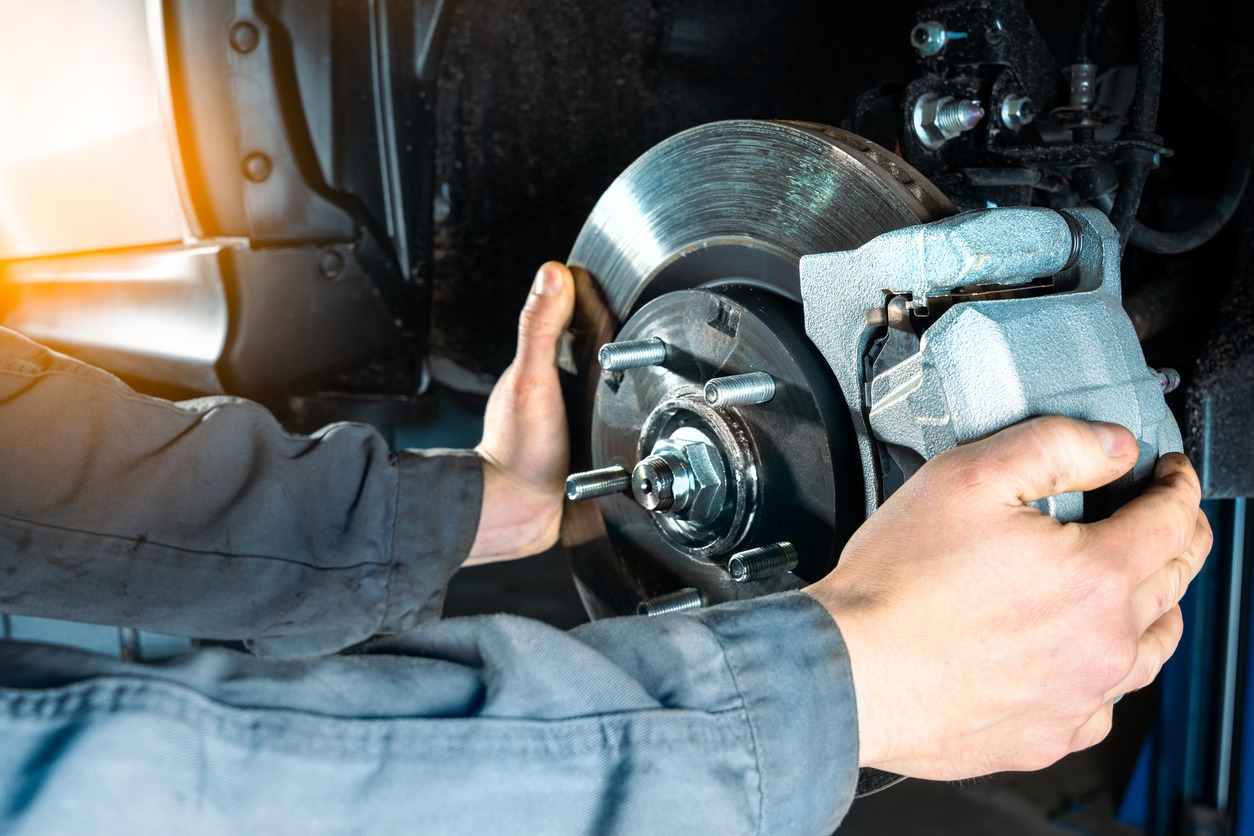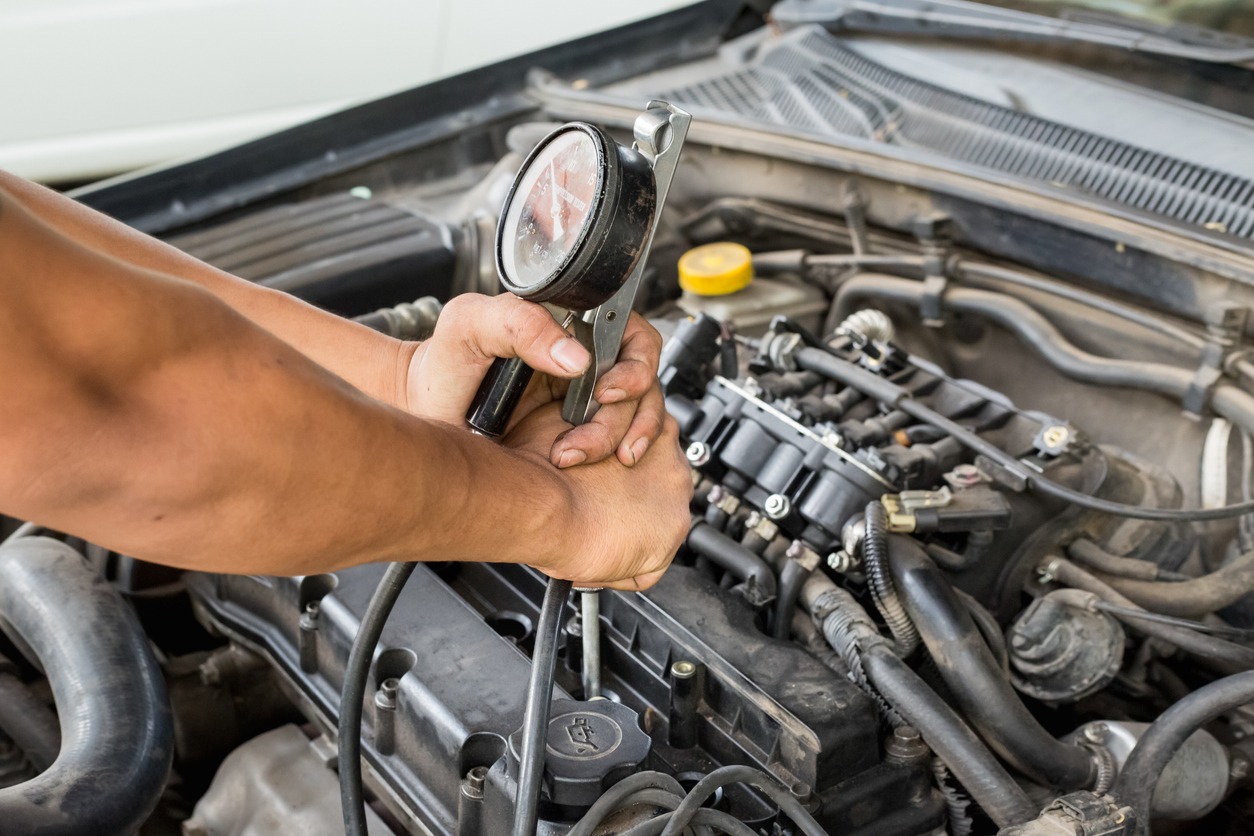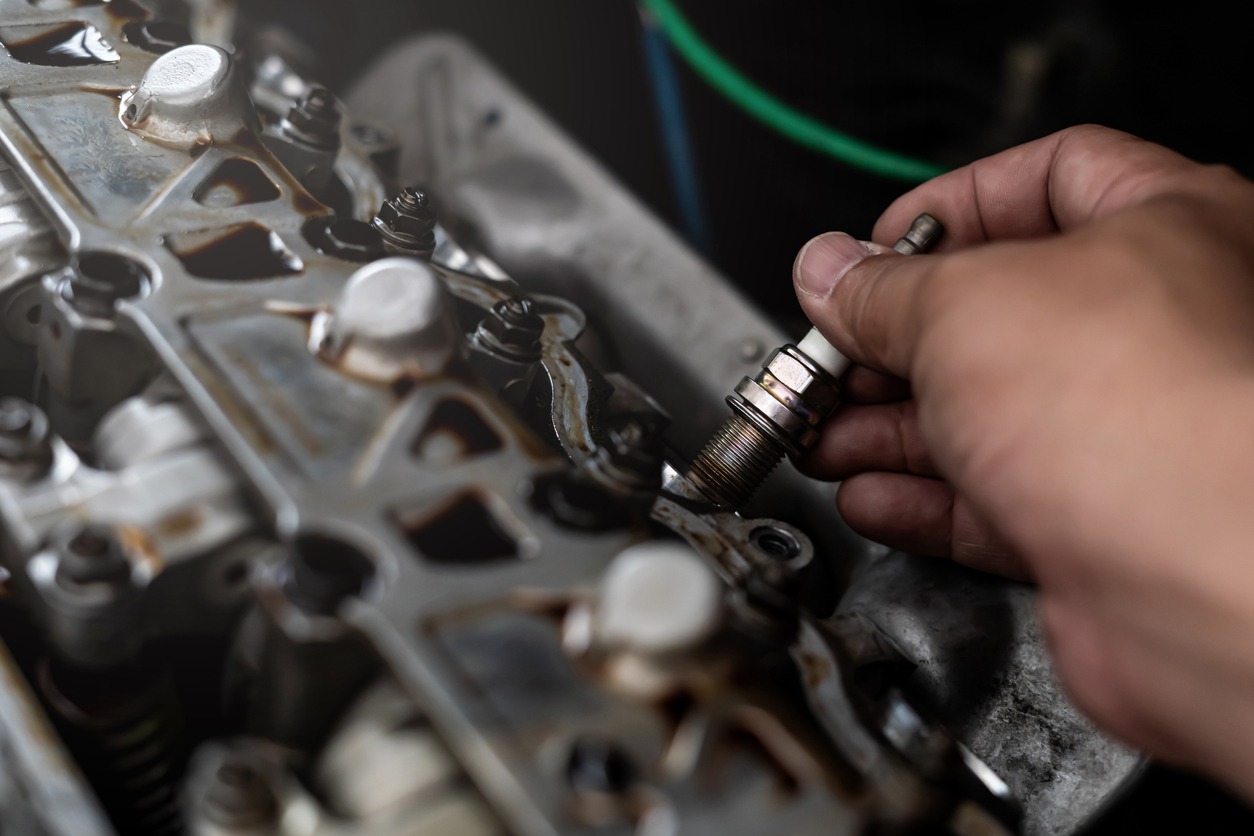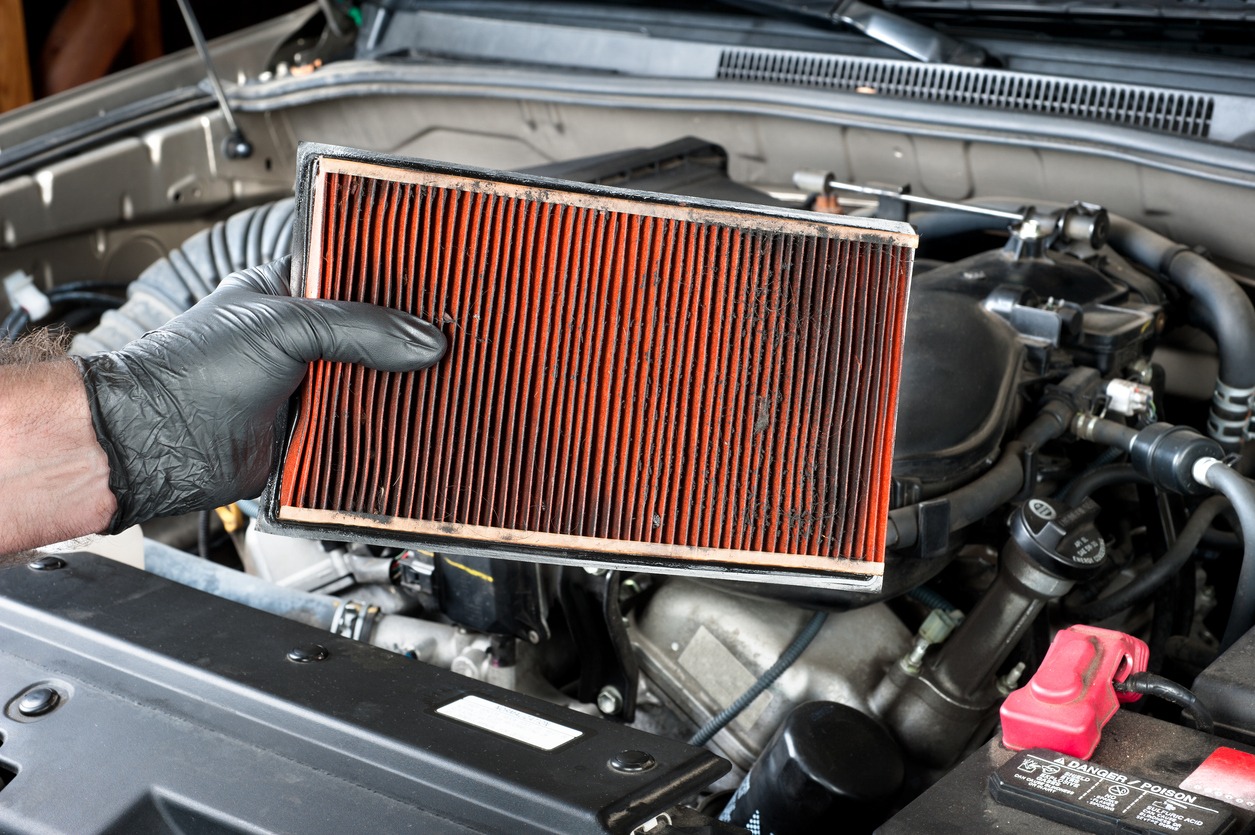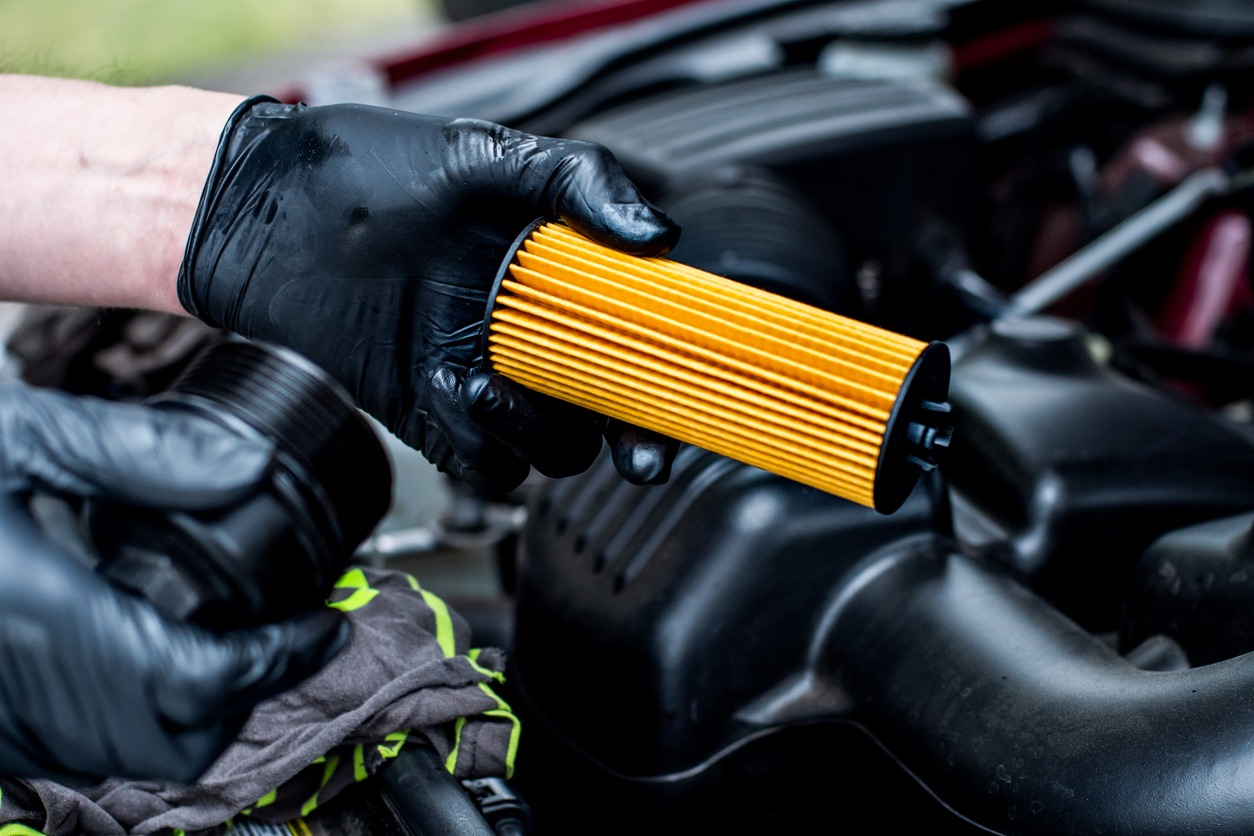Keeping your car running smoothly is like taking care of your health. Just like you need to eat right and exercise, your car needs the right parts and care to perform its best. In this article, we’ll talk about the important parts of your car that need regular attention. These parts help your car go faster, drive smoother, and stay safe on the road.
We’ll cover everything from the tires on the ground to the superchargers that make your engine powerful. By the end, you’ll know exactly what to keep an eye on to keep your car in top shape. Whether you’re a new driver or have been on the road for years, understanding these key components can make a big difference in your vehicle’s performance.
Tires and Wheels
Think of tires and wheels as the shoes of your car. Just like a good pair of shoes can make you run faster and feel more comfortable, the right tires and wheels can do wonders for your car. They’re the only part of your vehicle that touches the road, making them crucial for your safety, the car’s handling, and its overall performance.
Why Tires Matter
Tires affect how your car grips the road, especially in different weather conditions like rain or snow. They can also influence how smoothly your car rides and how much noise you hear inside the cabin. That’s why choosing the right type of tire for your driving needs is important. For example, if you drive on rough roads, you might want all-terrain tires. If you’re in a place with lots of rain or snow, look for tires designed for those conditions.
Keeping Wheels in Check
Wheels are more than just the metal that holds your tires. Their size and weight can affect your car’s speed and fuel efficiency. Plus, proper wheel alignment and balance are key. If your wheels are not aligned, your car might pull to one side, causing uneven tire wear and a decrease in fuel efficiency. Balancing your wheels helps avoid vibrations, making for a smoother ride.
Maintenance Tips
- Regular Checks: It’s good to check your tire pressure at least once a month. Tires with the correct pressure last longer and make your car more fuel-efficient.
- Rotation: Rotate your tires as recommended by your vehicle’s manufacturer. This helps them wear evenly, extending their life.
- Alignment and Balancing: Have your wheels aligned and balanced if you notice your car pulling to one side or if the steering feels unstable. Also, do this after you hit a big pothole or bump into a curb.
- Choosing Tires: When it’s time for new tires, think about your usual driving conditions and choose a type that matches those needs. Don’t forget to consider how they’ll affect your car’s handling and efficiency.
By paying attention to your tires and wheels, you’re taking a big step in keeping your car running safely and smoothly. It’s a simple part of car care that can have a big impact on your driving experience.
Superchargers and Turbochargers
When we talk about making a car go faster and feel more powerful, superchargers and turbochargers are like the secret sauce. These components might seem like magic, but they have a simple goal: to help your engine breathe better. Just like a runner needs good breaths to sprint faster, your car’s engine needs a good supply of air to perform at its best. Superchargers and turbochargers pack more air into the engine, allowing it to burn more fuel and, in turn, increase power.
The Magic of Forced Induction
Both superchargers and turbochargers are about forced induction, which is a fancy way of saying they push more air into the engine’s combustion chamber. The more air you can mix with fuel, the bigger the explosion and the more power your engine can make.
Superchargers: The Always-On Boost
Superchargers are connected directly to the engine via a belt. Because they run directly off the engine, they provide a boost that’s always there when you need it, without delay. This makes cars with superchargers responsive and quick to accelerate, which is great for overtaking on the highway or enjoying a spirited drive.
Turbochargers: The Efficient Power-Up
Turbochargers, on the other hand, use the engine’s exhaust gases to spin a turbine, which then compresses air and forces it into the engine. Turbos can significantly increase an engine’s efficiency and power, often with less weight and complexity than a supercharger. However, they can suffer from a lag in response time, meaning there might be a slight delay in acceleration when you step on the gas.
Maintenance and Care
While superchargers and turbochargers can boost your car’s performance, they also require proper care:
- Regular Checks: Keeping an eye on these components is crucial. Look out for signs of oil leaks or listen for unusual noises, which could indicate a problem.
- Oil Changes: High-quality oil and regular changes are vital, especially since turbochargers can run extremely hot and degrade the oil faster.
- Cooling Systems: Ensuring your engine and turbocharger are properly cooled will extend their life and prevent overheating.
Suspension System
Imagine riding a bicycle over a bumpy road. Every jolt and bump is felt, making the ride uncomfortable. Now, think of your car’s suspension system as the technology that smooths out those bumps, making your ride comfortable and keeping your car stable. More than just comfort, the suspension system plays a crucial role in how well your car handles turns, stays on the road, and even affects how efficiently it moves.
The Role of the Suspension System
The suspension system’s job is to absorb the shocks and vibrations from the road, allowing your car to move smoothly. It connects the wheels to the car’s body or frame and includes components like springs, shock absorbers (or struts), control arms, and sway bars. This system keeps your tires in contact with the road for as much time as possible, improving grip and stability.
Improving Performance and Comfort
- Handling: A well-tuned suspension system helps your car handle curves and corners with more agility. This means you can turn faster and more safely because the car is stable and responsive.
- Comfort: By absorbing road imperfections, the suspension system ensures a smoother ride. This reduces the amount of bouncing and shaking you feel inside the car, making long drives less tiring.
- Safety: Good suspension contributes to keeping the car balanced and stable, not just in daily driving but also in emergency maneuvers. It helps maintain better contact between the tires and the road surface, which is crucial for braking and evasive steering.
Maintenance Is Key
Regular checks and maintenance are essential to keep your suspension system in top shape. Here are some tips:
- Inspections: Regularly inspect the suspension components for signs of wear or damage, such as leaking shock absorbers, worn or broken springs, and loose or worn control arms.
- Wheel Alignment: Misaligned wheels can cause uneven tire wear and affect the handling of your car. Regular alignment checks ensure that your suspension system works efficiently.
- Replacing Parts: Worn components can reduce the effectiveness of your suspension system. Replacing shocks, springs, and other parts when needed can restore ride comfort and handling performance.
Upgrading Your Suspension
For those looking to enhance their vehicle’s performance further, upgrading parts of the suspension system can make a significant difference. Upgrades like performance shocks, struts, and anti-roll bars can improve handling, reduce body roll in corners, and even lower the car’s stance for better aerodynamics.
Brakes
Imagine you’re in a fast-moving car, approaching a sharp turn or an unexpected obstacle. The ability to slow down or stop quickly and safely is crucial, and that’s where your car’s brakes come into play. Brakes are one of the most important safety systems on your vehicle, designed to protect you, your passengers, and other road users by allowing you to control your car’s speed and halt it efficiently.
The Importance of Brakes
Brakes work by creating friction to slow down or stop your car. This system includes several components, such as the brake pedal, calipers, brake pads, and rotors, working together to ensure you can stop when you need to. Properly functioning brakes are essential not just for safety but also for vehicle control and longevity.
Types of Brakes
- Disc Brakes: Most modern cars have disc brakes on the front wheels, and many have them on all four. These consist of a brake disc, caliper, and brake pads. When you press the brake pedal, the caliper squeezes the brake pads against the disc, slowing the car down.
- Drum Brakes: Some vehicles have drum brakes on the rear wheels. In a drum brake, the brake shoes press outwards against a spinning drum. Drum brakes are more common in older models and some budget vehicles.
- ABS (Anti-lock Braking System): ABS prevents the wheels from locking up during braking, allowing the driver to maintain steering control and helping to reduce stopping distances on slippery surfaces.
Maintaining Your Brakes
To keep your brakes in good condition and ensure they function correctly when you need them most, follow these maintenance tips:
- Listen and Feel: Pay attention to any noises when you brake, like grinding or squealing, and any changes in how the brake pedal feels. These could indicate that your brake pads or rotors need attention.
- Regular Inspections: Have your brakes checked regularly by a professional, especially if you notice any issues. They can spot wear and tear before it becomes a serious problem.
- Fluid Checks: Brake fluid is essential for transferring the force from your brake pedal to the brakes themselves. Make sure it’s at the right level and gets replaced as recommended by your vehicle’s manufacturer.
When to Replace Parts
Brake pads and rotors wear down over time and with use. How quickly they wear can depend on how you drive and where you drive. Heavy city traffic with lots of stopping and starting will wear them down faster than cruising on open highways. It’s crucial to replace these parts before they become too worn to function effectively.
Engine Compression
Engine compression is a fundamental concept that plays a vital role in your car’s performance. It refers to how tightly the air-fuel mixture is squeezed by the engine’s pistons before it’s ignited. Think of it like a spring: the more you compress it, the more power it releases when it expands. In the context of an engine, higher compression means more power and efficiency from each explosion in the combustion chamber.
The Heartbeat of Your Vehicle
- How It Works: When your car’s engine rotates, the piston moves down, allowing the combustion chamber to fill with air and fuel. As the piston moves back up, it compresses this mixture. The spark plug then ignites it, causing an explosion that pushes the piston down, turning the engine’s crankshaft and creating the power that drives your car forward.
- Compression Ratio: This is the difference in the volume of the combustion chamber when the piston is at the bottom of its stroke versus the top. A higher compression ratio can lead to more power from the same amount of air-fuel mixture, improving the engine’s efficiency and performance.
Signs of Compression Issues
Low engine compression can lead to a range of problems, from difficulty starting your car to a noticeable lack of power when accelerating. Here are some signs that might indicate compression issues:
- Difficulty Starting: If the engine doesn’t compress the air and fuel mixture adequately, it might not ignite correctly, making the engine hard to start.
- Misfiring: Low compression can cause an engine cylinder to misfire, leading to uneven performance and increased emissions.
- Reduced Power and Efficiency: When compression isn’t optimal, your engine can struggle to maintain speed and performance, often requiring more fuel to achieve the same results.
Maintaining Optimal Compression
To keep your engine running smoothly, it’s essential to maintain its compression:
- Regular Checks: Include compression tests in your regular vehicle maintenance schedule. A compression test can diagnose problems with the pistons, valves, or head gasket that could be affecting your engine’s performance.
- Timely Repairs: Addressing issues like worn piston rings, damaged cylinders, or leaky valves can help restore compression and, by extension, your engine’s efficiency and power.
- Quality Parts and Fluids: Use high-quality engine oil and ensure your air and fuel filters are clean. This helps keep the internal parts of your engine clean and running smoothly, which can help maintain good compression.
Other Critical Components
Beyond the major systems like tires, suspension, and brakes, several smaller yet vital components play crucial roles in keeping your vehicle running smoothly and efficiently. These include the battery, spark plugs, air filters, and engine oil and filters. Each of these parts has a specific job that, when done well, contributes to the overall performance and longevity of your car.
Battery
The battery is the heart of your car’s electrical system. It provides the necessary power to start the engine and powers other electrical components when the engine isn’t running. A failing battery can lead to starting issues, dimming lights, and even affect the performance of the vehicle’s electrical systems.
Maintenance Tip: Regularly check the battery’s charge and clean the terminals to ensure a good connection. Most batteries need to be replaced every 3-5 years, but it’s wise to test your battery as it approaches its third year.
Spark Plugs
Spark plugs are responsible for igniting the air-fuel mixture in the combustion chamber, a critical step in powering your vehicle. Worn or dirty spark plugs can lead to misfires, reduced fuel efficiency, and increased emissions.
Maintenance Tip: Replace spark plugs according to your vehicle manufacturer’s recommendations. Using high-quality spark plugs can improve performance and fuel efficiency.
Air Filters
Air filters prevent dirt, dust, and other pollutants from entering the engine and the vehicle’s interior. A clogged air filter can reduce engine performance, affect fuel economy, and increase emissions. Similarly, a dirty cabin air filter can impact air quality inside the vehicle, affecting comfort and health.
Maintenance Tip: Check and replace your vehicle’s air filters regularly. A good rule of thumb is to replace the engine air filter every 12,000 to 15,000 miles, but check your owner’s manual for specific recommendations.
Engine Oil and Filters
Engine oil lubricates the engine’s moving parts, reduces friction, and helps keep the engine cool. Over time, oil breaks down and gets contaminated with dirt and debris, diminishing its effectiveness. The oil filter helps by trapping these contaminants, but it also needs regular replacement to remain effective.
Maintenance Tip: Regular oil and filter changes are crucial. Follow your vehicle’s manual for the recommended oil change interval and oil type. Many modern vehicles recommend changing the oil every 5,000 to 7,500 miles, but this can vary based on your driving habits and the oil type used.
Conclusion
Keeping your car in top shape is all about paying attention to both the big and small parts. From the tires that touch the road to the spark plugs that ignite the engine, every component plays a role in how well your car runs. Regular checks and maintenance can keep your car running smoothly and help avoid bigger, more expensive problems down the road. Remember, taking good care of your car means it will take good care of you, ensuring safe and enjoyable driving for years to come.
Additional Ideas
- A blog post on Genuine GM Parts highlights that enhancing your car’s performance shouldn’t overlook the crucial role of tires—the sole point of contact with the road. Upgrading tires can significantly boost your car’s handling, steering responsiveness, and cornering grip and reduce braking distance. For an extra edge, pairing this upgrade with a new steering wheel not only improves grip but also adds a touch of style.
- Vehicle suspension systems, comprising shocks, springs, anti-roll bars, bushings, and alignment kits, offer a trade-off between ride comfort and handling when modified for performance. Generally, a stiffer suspension yields a quicker response. For assured quality performance, consider buying a Superlift Suspension from a trusted online seller.
- When increasing compression, consider your cam selection, as it impacts your vehicle’s working compression. Ensure both choices complement each other to avoid engine damage. The right camshaft depends on your vehicle’s type.


